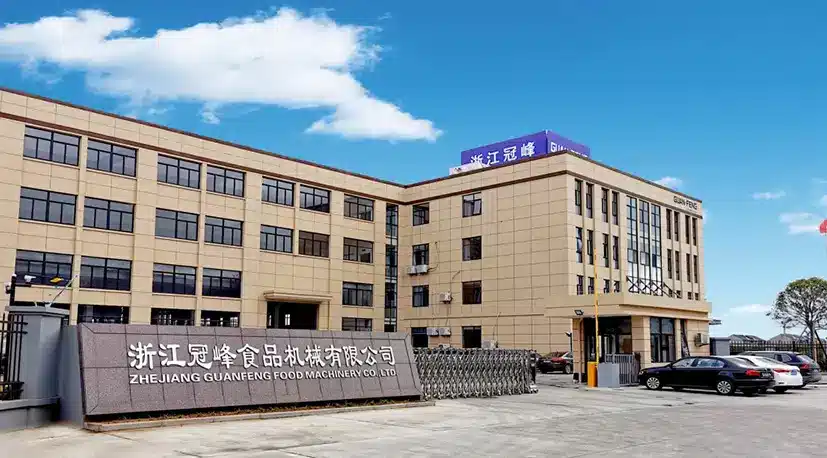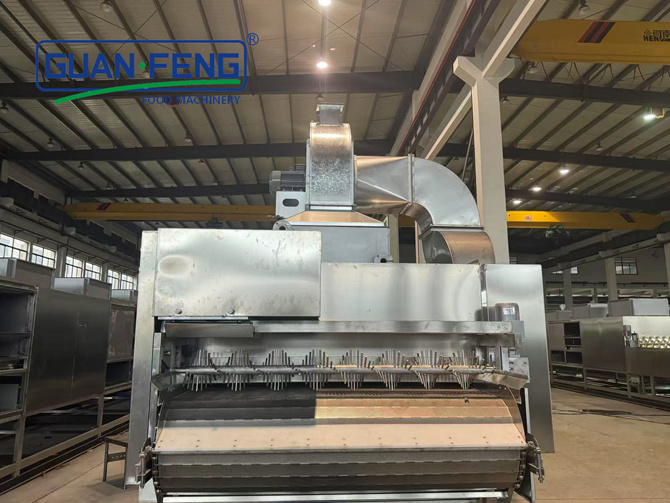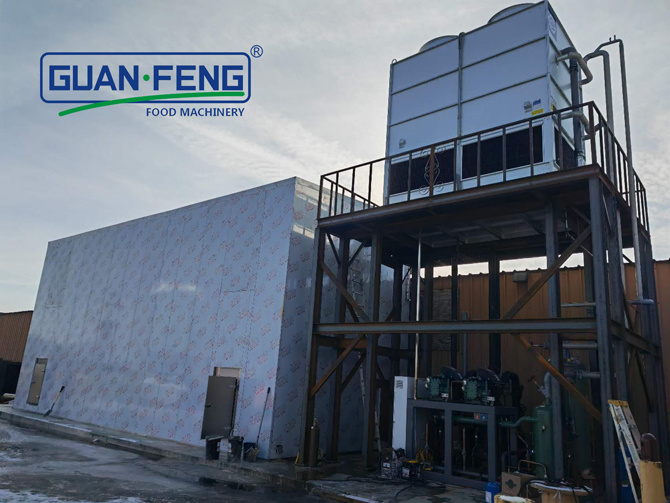BLOG
Focus on hot topics, real-time dynamics
Maximizing Efficiency with Vegetable Belt Dryers: A Comprehensive Guide
In the industrial drying equipment sector, the vegetable belt dryer stands out as a crucial tool for achieving optimal moisture content in various vegetables. Utilizing a continuous belt system, this equipment allows for efficient drying by providing a controlled environment that enhances the drying process. Understanding its operation, benefits, and best practices can significantly impact production efficiency and product quality.
One of the primary advantages of a vegetable belt dryer is its ability to maintain consistent drying conditions. Unlike batch drying methods, which can lead to uneven moisture levels, the continuous nature of belt dryers ensures that vegetables are dried uniformly, leading to improved quality and shelf life. This consistency is vital for preserving the nutritional value and flavor of the vegetables, making them more appealing to consumers.
When considering the implementation of a vegetable belt dryer, it is essential to evaluate the design and configuration that best suits your specific drying needs. Factors such as belt width, drying temperature, humidity control, and airflow must all be tailored to accommodate the type of vegetable being processed. For instance, leafy greens may require different settings than root vegetables, making it critical to customize the dryer to optimize performance.
Energy efficiency is another significant factor to consider when selecting a vegetable belt dryer. Modern designs often incorporate advanced technologies that reduce energy consumption while maintaining high drying performance. By investing in energy-efficient models, companies can lower operational costs and minimize their environmental footprint, aligning with sustainability goals.
Moreover, maintenance plays a crucial role in ensuring the long-term functionality of vegetable belt dryers. Regular inspection and cleaning of the belt, heating elements, and airflow systems will prevent potential breakdowns and extend the equipment's lifespan. Training staff on proper operational procedures and maintenance practices is equally important to ensure safety and optimal performance.
Finally, understanding market trends and consumer preferences can guide the selection of the right vegetable belt dryer. As demand for dehydrated and processed vegetables grows, having the right drying equipment becomes imperative to stay competitive. Businesses should keep abreast of technological advancements in drying solutions that can enhance product quality and operational efficiency.
In summary, the vegetable belt dryer is an essential component in the industrial drying process, offering numerous benefits including consistent drying, energy efficiency, and adaptability to various vegetable types. By carefully considering its design, maintenance, and operational practices, companies can achieve superior results and satisfy market demands effectively.
One of the primary advantages of a vegetable belt dryer is its ability to maintain consistent drying conditions. Unlike batch drying methods, which can lead to uneven moisture levels, the continuous nature of belt dryers ensures that vegetables are dried uniformly, leading to improved quality and shelf life. This consistency is vital for preserving the nutritional value and flavor of the vegetables, making them more appealing to consumers.
When considering the implementation of a vegetable belt dryer, it is essential to evaluate the design and configuration that best suits your specific drying needs. Factors such as belt width, drying temperature, humidity control, and airflow must all be tailored to accommodate the type of vegetable being processed. For instance, leafy greens may require different settings than root vegetables, making it critical to customize the dryer to optimize performance.
Energy efficiency is another significant factor to consider when selecting a vegetable belt dryer. Modern designs often incorporate advanced technologies that reduce energy consumption while maintaining high drying performance. By investing in energy-efficient models, companies can lower operational costs and minimize their environmental footprint, aligning with sustainability goals.
Moreover, maintenance plays a crucial role in ensuring the long-term functionality of vegetable belt dryers. Regular inspection and cleaning of the belt, heating elements, and airflow systems will prevent potential breakdowns and extend the equipment's lifespan. Training staff on proper operational procedures and maintenance practices is equally important to ensure safety and optimal performance.
Finally, understanding market trends and consumer preferences can guide the selection of the right vegetable belt dryer. As demand for dehydrated and processed vegetables grows, having the right drying equipment becomes imperative to stay competitive. Businesses should keep abreast of technological advancements in drying solutions that can enhance product quality and operational efficiency.
In summary, the vegetable belt dryer is an essential component in the industrial drying process, offering numerous benefits including consistent drying, energy efficiency, and adaptability to various vegetable types. By carefully considering its design, maintenance, and operational practices, companies can achieve superior results and satisfy market demands effectively.
Hot Tags:
PREVIOUS:
Contact Us
E-mail:
sales@syguanfeng.com
Tel:
+86 15088506234
Address:
South Industrial Park of Dongguan, Shangyu District, Shaoxing City,Zhejiang Province,China.
GUANFENG, your customization experts!
GUANFENG FOOD MACHINERY - leading supplier of integrated food processing solutions
Copyright© 2024 ZHEJIANG GUANFENG FOOD MACHINERY CO.,LTD.










